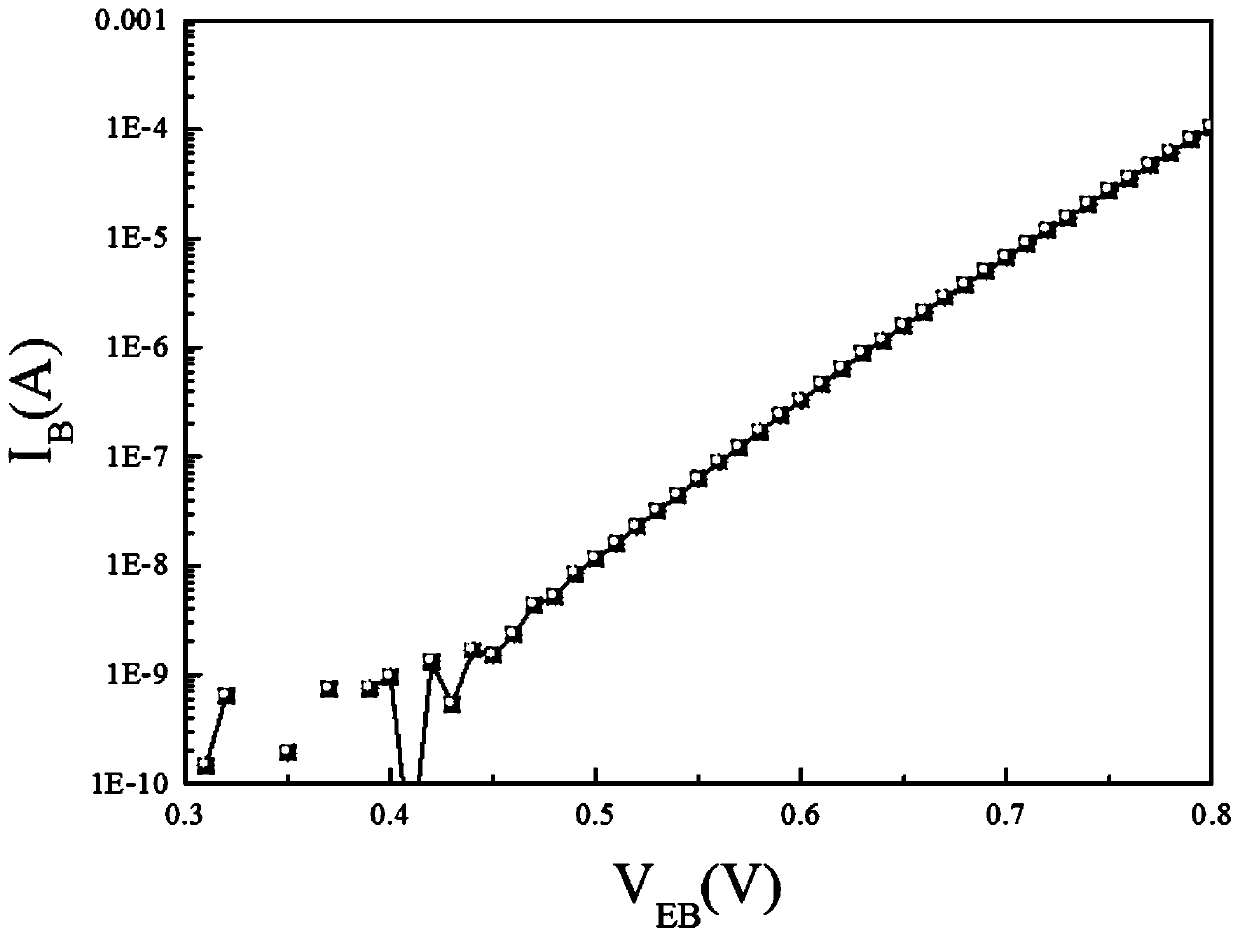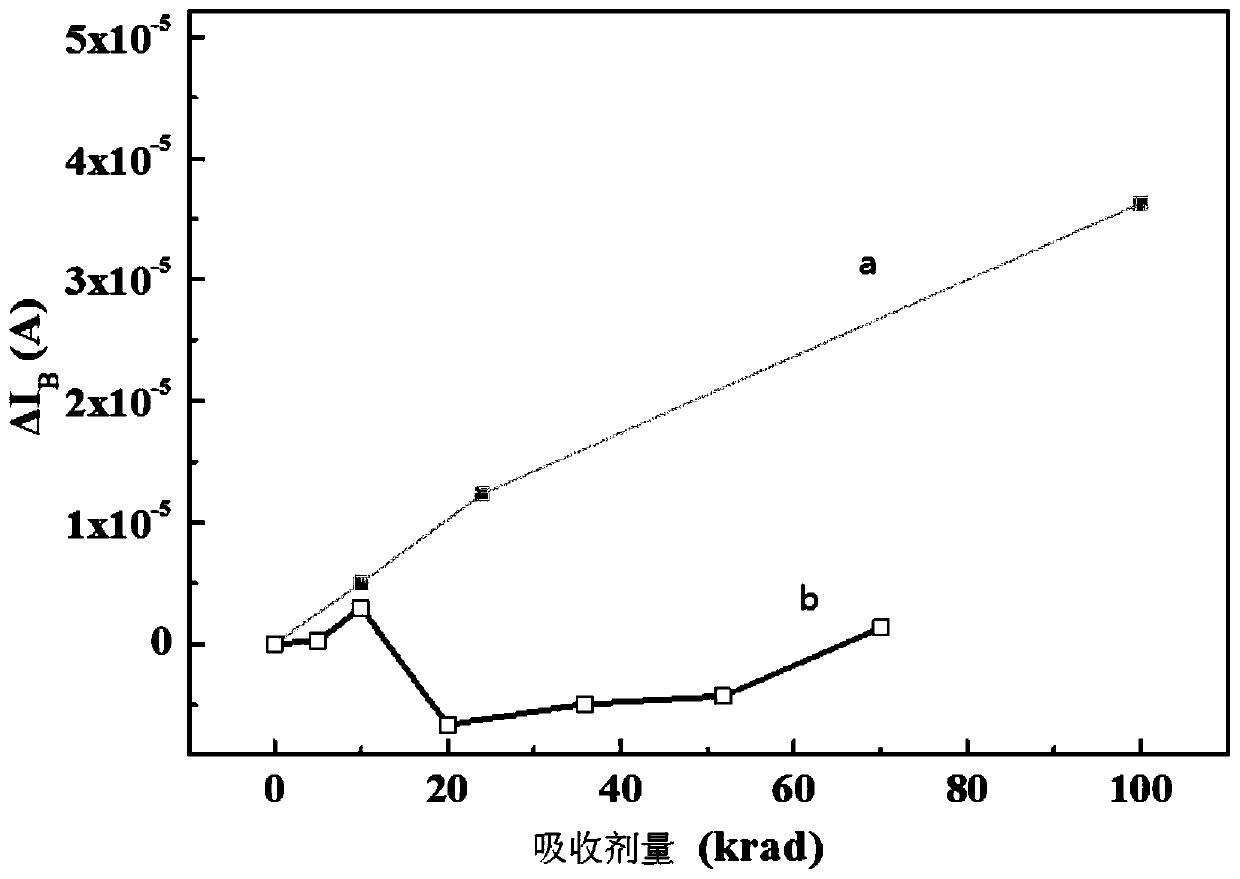A Displacement Damage-Based Method for Suppressing the Formation of Oxide Trapped Charges
A technology of displacement damage and oxide, applied in the direction of circuits, measuring electronics, electrical components, etc., can solve the problems of affecting the lifetime of minority carriers, changing the surface recombination rate of carriers, and degrading the performance of electronic devices, so as to achieve easy operation, reduce costs, Effects in simple steps
- Summary
- Abstract
- Description
- Claims
- Application Information
AI Technical Summary
Problems solved by technology
Method used
Image
Examples
specific Embodiment approach 1
[0025] Specific Embodiment 1: In this embodiment, a method for suppressing the formation of oxide-trapped charges based on displacement damage is carried out in the following steps:
[0026] Step 1. Determine that the farthest distance between the passivation layer and the surface in the electronic component sample is b, and the shortest distance between the passivation layer and the surface in the electronic component sample is c;
[0027] Step 2. Select the type of pre-irradiation incident particles and the energy of pre-irradiation incident particles, and calculate the incident depth t of pre-irradiation incident particles in the electronic device sample through Geant4 software 1 ;where b>t 1 > c;
[0028] Step 3, through the Geant4 software, according to the energy of the pre-irradiation incident particles selected in step 2, calculate the ionization absorbed dose I of the pre-irradiation incident particles of the unit fluence in the sample of step 1 d1 and the displaced...
specific Embodiment approach 2
[0035] Specific embodiment 2: The difference between this embodiment and specific embodiment 1 is that in step 1, the sample of electronic components adopts SiO 2 Bipolar process electronic components as insulating material and passivation layer. Others are the same as in the first embodiment.
specific Embodiment approach 3
[0036] Embodiment 3: This embodiment differs from Embodiment 1 or Embodiment 2 in that: the type of pre-irradiation incident particles in step 2 is electrons, protons, heavy ions, neutrons, photons or mesons. Others are the same as in the first or second embodiment.
PUM
 Login to View More
Login to View More Abstract
Description
Claims
Application Information
 Login to View More
Login to View More - R&D
- Intellectual Property
- Life Sciences
- Materials
- Tech Scout
- Unparalleled Data Quality
- Higher Quality Content
- 60% Fewer Hallucinations
Browse by: Latest US Patents, China's latest patents, Technical Efficacy Thesaurus, Application Domain, Technology Topic, Popular Technical Reports.
© 2025 PatSnap. All rights reserved.Legal|Privacy policy|Modern Slavery Act Transparency Statement|Sitemap|About US| Contact US: help@patsnap.com



